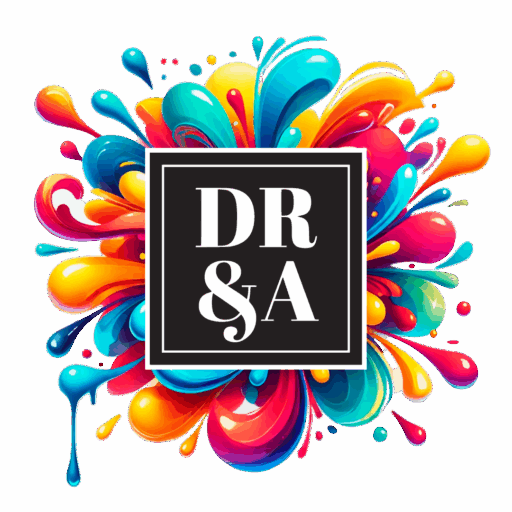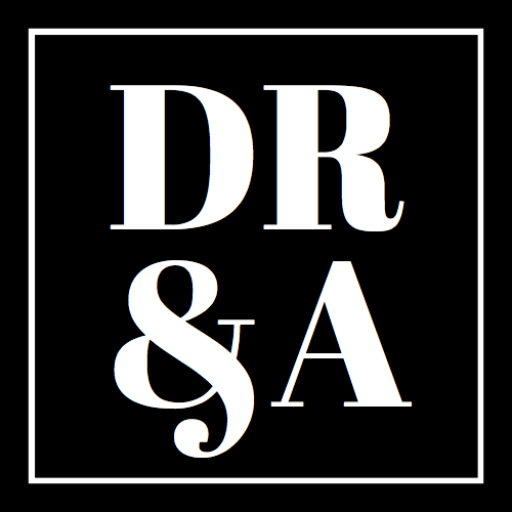What Kinds of Things Can I Trademark?
If you’re starting a business, launching a brand, or creating a new product, you might wonder what kinds of things you can trademark to protect your brand identity. Trademark law is a powerful tool for safeguarding the unique elements that distinguish your goods or services from competitors. At Daniel Ross & Associates LLC, we help business owners and entrepreneurs identify and protect their unique, trademark-eligible brand elements to optimize long-term growth and marketplace visibility.
Ready to learn more? Let’s dive in.
What Is a Trademark?
A trademark is any word, phrase, symbol, design, or combination thereof that identifies and distinguishes the source of goods or services. Unlike patents or copyrights, which protect inventions or expressions of ideas, trademarks protect brand identifiers that help consumers recognize your business in the marketplace.
What Types of Things Can Be Trademarked?
1. Brand Names and Business Names
Your business name or the name of your brand is often the first thing you want to trademark. It must be distinctive enough to stand out in your industry. Generic or merely descriptive business names usually cannot be trademarked unless they have “acquired distinctiveness” through extensive use.
2. Logos and Design Marks
Visual symbols like logos are classic trademarks. Logos can be words stylized in unique fonts, graphic images, or a combination of both. Trademark protection for logos ensures that others cannot use confusingly similar designs that might mislead consumers.
3. Slogans and Taglines
Catchy slogans can create strong brand associations with consumers and are eligible for trademark protection. Like brand names, slogans need to be distinctive rather than generic or merely descriptive.
4. Product Packaging and Trade Dress
Sometimes the overall look and feel of a product’s packaging or the design of a product itself (trade dress) can be trademarked if it identifies the product’s source and is non-functional. One classic example is the unique shape of a Coca-Cola bottle, which is trademarked trade dress.
5. Sounds and Jingles
Certain sounds, like a company’s advertising jingle or distinctive sounds associated with a brand, can be trademarked if they serve to identify the source of goods or services.
6. Colors and Color Combinations
Under some circumstances, a specific color or color combination can serve as a trademark when it is associated strongly with a brand. For example, the color pink is trademarked by Owens-Corning for insulation products.
7. Domain Names and Social Media Handles
While domain names and social media handles are not traditional trademarks, they often overlap with brand identity elements and may be protected under trademark law if they meet distinctiveness and use requirements.
What Can’t You Trademark?
Not everything can be trademarked. Certain elements are excluded by law, such as:
- Generic terms that name a general product or service (e.g., “apple” for the fruit).
- Descriptive terms that merely describe a product’s characteristics unless they have acquired “secondary meaning” – meaning that the word or phrase becomes associated with the brand rather than the product or service itself.
- Functional features important to the product’s use.
- Deceptively misdescriptive or scandalous matter.
How Can Trademarking Benefit Your Business?
Trademark protection gives you the exclusive right to use your mark nationwide (after federal registration) and the legal tools to prevent others from copying or infringing on your brand. This protection builds customer trust, supports marketing efforts (especially online and e-commerce), and establishes valuable intangible assets for your business.
According to the United States Patent and Trademark Office (USPTO), in 2023, over 600,000 trademark applications were filed, reflecting the growing importance of brand protection in competitive markets.
How Do You Register a Trademark?
Registering a trademark typically involves:
- Conducting a comprehensive trademark search to avoid conflicts.
- Filing an application with the USPTO or relevant state trademark office.
- Responding to office actions or oppositions as necessary.
- Maintaining your trademark rights through periodic renewals.
In Summary
The kinds of things you can trademark cover a wide spectrum beyond just your brand name or logo. From slogans and sounds to packaging designs and colors, trademarks offer broad protection to help your brand stand out and remain unique in a crowded marketplace. If you’re considering trademark registration, it’s wise to consult with experienced legal counsel to navigate the complexities and ensure your intellectual property strategy aligns with your business goals.
Ready to take the next step? Contact Daniel Ross & Associates to schedule a consultation and learn more about trademark options tailored to your unique brand and business needs.


